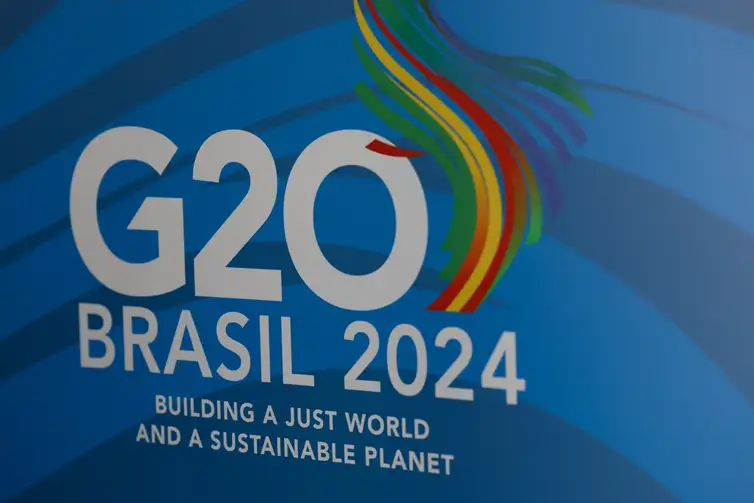China Gambles on Massive Housing Intervention
In an audacious move to revive its staggering real estate market and protect economic stability, China devises a mega-plan. Can this bold strategy prevent the looming economic crisis?
Published May 16, 2024 - 00:05am

Image recovered from alchourouk.com
China is embarking on a formidable government-backed initiative to combat a severe housing surplus that threatens economic growth and stability in the world's second-largest economy. Struggling with a vast inventory of unsold homes, which has reportedly reached its highest level in eight years, China's real estate market is facing an acute crisis.
Recent international reports indicate that since 2017, China experienced an unprecedented housing boom, with residential real estate investments soaring to approximately 1.4 trillion dollars between June 2019 and July 2020. This frenzy has exceeded the American real estate boom at the turn of the millennium and swelled China's housing market to an estimated 52 trillion dollars, substantially outpacing the nation's GDP.
Local State-owned firms are being enlisted to absorb unsold units from distressed developers, a move intended to alleviate market pressures and transform properties into affordable housing. The sweeping government plan not only seeks to inject liquidity directly into beleaguered property developers but is structured to significantly deflate the housing inventory surplus.
While the Chinese government's comprehensive strategy involves aggressive purchasing of unsold houses and converting them into affordable housing, achieving this will demand massive funding. Experts from the financial and property sector predict that at least 2 trillion yuan (277 billion dollars) is necessary to produce a significant effect.
The proposal has sparked a mixture of optimism and skepticism, as industry specialists and entities such as Bloomberg and CGS International Securities monitor the situation closely. The critical challenge remains bridging the gap between supply and demand to stabilize the real estate sector, which has far-reaching implications for the broader economy.
If successful, this aggressive intervention could mark a new phase of government efforts to address the most significant obstacle facing China's economic growth, with around 5 million people at risk of unemployment or reduced income due to the slump in the housing market. As international eyes are on Beijing's next moves, the country explores new methods to resolve the housing crisis with political and economic observers eagerly anticipating the potential ripple effects on the global stage.
The housing glut has left some cities with 'ghost towns' of empty properties, reflecting a mismatch between the locations of built houses and the demands of the population. Recognizing the geopolitical dimensions of this crisis, Chinese authorities are not only attempting to remedy a domestic economic issue but also to assert control over a sector influential in international investment flows.
The real estate sector accounts for nearly 30% of China's GDP, with home ownership deeply ingrained in the Chinese culture as a symbol of social status and financial security. However, the rapid construction of new homes in recent years, fueled by easy credit and speculative investment, has outpaced population growth and actual demand. This has led to soaring household debt levels and stalled cash flows among developers, exacerbating the liquidity crunch.
In some specs, the dire situation faced by major developers such as Evergrande, which is struggling with more than $300 billion in liabilities, has heightened the urgency of state intervention. The government's willingness to purchase unsold housing units signals an unprecedented commitment to preventing further erosion of economic confidence caused by real estate sector distress.
The initiative also reflects a broader effort by Chinese officials to shift away from a growth model driven by investment and exports toward one centered on consumption and services. This includes increasing residential stability and ownership among the Chinese middle and lower-income classes to spur economic activity and social well-being.
However, translating this initiative into success presents its unique set of challenges. There are concerns about the potential risk to taxpayers and whether or how much of the cost will be passed on to the public. Additionally, urbanization patterns, regional economic disparities, and property market inefficiencies will need to be rigorously addressed to prevent a recurrence of the surplus issue.
The international community also watches cautiously as China's local and global economic influence is undeniable. A stable and robust Chinese housing market is vital for global growth, given the country's role as a major consumer and producer. The potential contagion effect of China's real-estate slump has raised alarms given past experiences, like the 2008 financial crisis, which started in the American housing market and then spread globally. Economists, therefore, consider China's strategy to be of international economic interest.
Any long-term solution will likely require structural reforms, such as improving rural land rights and reforming household registration systems that restrict population movements. These reforms could help better align demographic trends with the real estate market, easing the surplus in some areas while addressing the housing needs in others. However, the immediate focus is on managing the oversupply and mitigating the risks to the financial system.
China's approach to this conundrum will be a testament to the government's ability to maneuver through challenging economic conditions. The world will watch how the balance between government intervention and market-driven solutions plays out in addressing one of China's most pressing economic challenges. The outcomes of these efforts will have far-reaching consequences, not just for China's domestic market but for the global economy as a whole.







